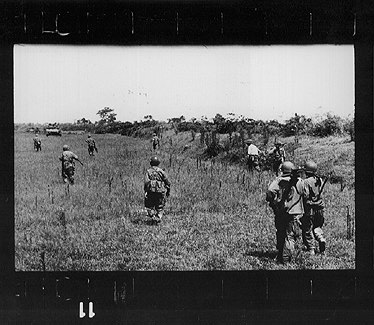
Flag flying war memorials litter the center of Ho Chi Minh City, which is what the Vietnamese renamed Saigon after the American War. Most of these memorials feature captured American war materiel, such as intact helicopters, jet fighters, tanks and artillery pieces. You'll run across them in parks, in the front yards of the aforementioned government buildings, and, of course, at the war museum sites.
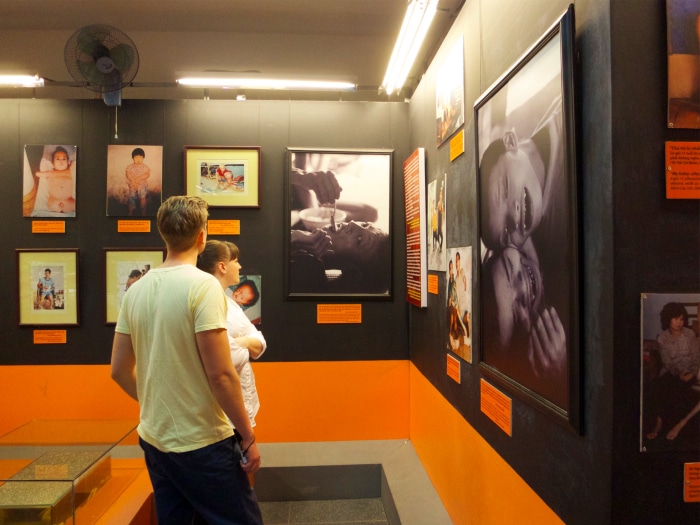
The most visited tourist site in the city is the War Remnants Museum.
The Museum used to be called the Museum of American War Atrocities.
The Vietnamese government changed the name to be a little less “confrontational” with the American tourists who tend to visit the Museum, and with the American government, with whom they reestablished relations during the Clinton administration.
The current name doesn't do justice to what's inside the building. If they wanted to be accurate, they should have left it the way it was. There are some “calmer” rooms, such as the one full of posters and photos of the world anti-war movement of the 1960s and 70s. (If you look real close at the demonstration photos, you might see me in one of them.) But the ones that stick are the rooms full of photos of the war itself and of the Vietnamese children (and one American child) deformed by their exposure to Agent Orange.
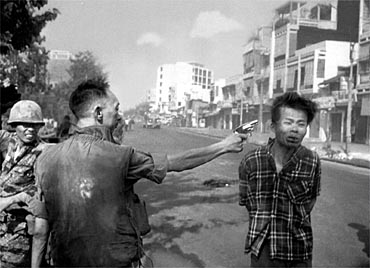
If you're my age, and some of you are that old, you probably remember the photos from the newspapers of the era, and especially those from Life magazine. (Remember when we had great mags like Life? Sigh.) There are large prints of the two most famous photos from the war: the execution of a Viet Cong soldier in Saigon and the naked burning little girl running from her napalmed village. If you are too young to remember, here they are. Strangely, most of the photos from this exhibit were taken by American photographers, and are testament to the bravery of those people who still risk their lives to cover wars.
In fact, there's an entire wall of photographs and names of photojournalists killed in Vietnam. There were lots of them in the more than thirty years of wars with the French and Americans.
They give an entire section to Robert Capa, one of my favorite photographers, who was killed in 1954 by a land mine while covering the war with the French. Capa had covered the Spanish Civil War and World War II and had made some of the most poignant photos ever there.
The exhibit in the museum here includes the photos from the two cameras he was carrying when he was killed. He once said, “If your photographs aren't good enough, you're not close enough.” He wasn't afraid to get too close.
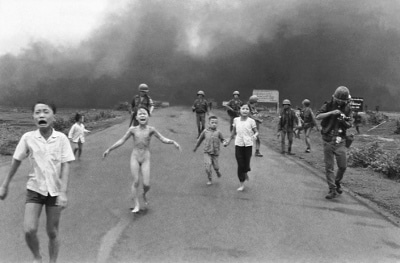
One room was full of photos I hadn't seen before–images of the children who suffered horrible burns from the napalm or awful defects from the Agent Orange.
One doesn't really need to say anything about these. Just look and think, “My country did this.”
Note, too, that there were photos and testaments from American soldiers who also suffered from contact with Agent Orange, including photos of a beautiful blonde American girl born without arms–a defect attributable to her father's handing of the deadly defoliant.
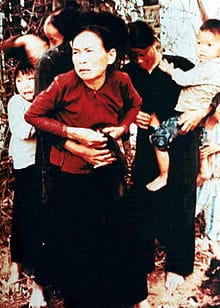
Of course, there were photos of the My Lai massacre, including some taken by Army photographer Ronald L. Haeberle of a group of villagers just before they were shot and dumped in a ditch.
Another of Haberle's photos shows the bodies of old people and babies.
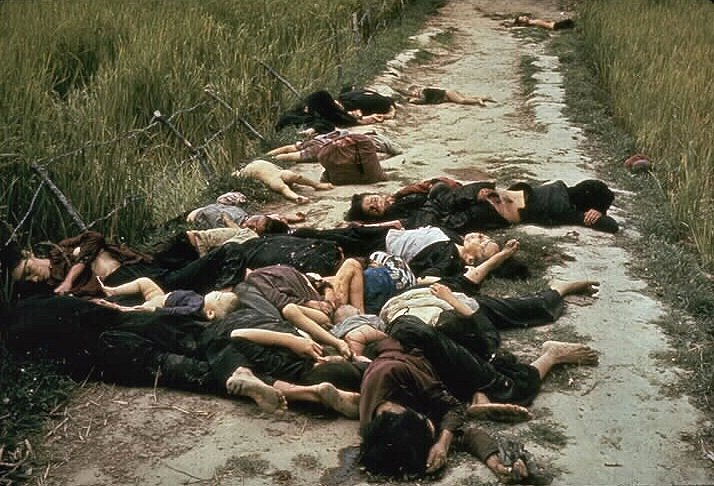
Critics of the museum's displays point to other well documented atrocities committed by the Vietnamese communists against their own people during the wars. They certainly happened, but you won't see mention of them here.
The victors get to write the history and rename the cities, after all.
You can click the link above, or use this widget below to start the process of getting a visa for any country.
When you’re thinking of traveling, your first stop should be our Travel Resources page, where we list all the essentials you need to make your travels easier, cheaper, safer, and more fun.
You can also help yourself get ready for your travels by reading our Get Started Planning Your Trip Now page.
We love traveling–with the right gear. We've gathered a lot of the stuff we use to make travel more pleasant and efficient all on one page. Shop our Travel Past 50 Amazon page to find our favorite gear. If you purchase something from the store, Travel Past 50, as an Amazon affiliate, may receive a small commission at no extra charge to you. Thanks.
We never leave home without our travel insurance. Nor should you. Search for the travel insurance from Allianz that best meets your needs, whether it be an annual plan or a single trip.
You can see (and buy prints) of most of our travel photos in one place on this page.
Note: This post and other posts on TravelPast50.com may contain paid or affiliate advertising links. As an Amazon Associate we earn from qualifying purchases.
Up Your Travel Skills
Looking to book your next trip? Use these resources that are tried and tested by us. First, to get our best travel tips, sign up for our email newsletter. Then, be sure to start your reading with our Resources Page where we highlight all the great travel companies and products that we trust. Travel Accessories: Check out our list of all the accessories we carry to make getting there and being there a lot easier. Credit Cards: See our detailed post on how to choose the right travel rewards credit card for you. Flights: Start finding the very best flight deals by subscribing to Thrifty Traveler. Book your Hotel: Find the best prices on hotels with Booking.com. See all of the gear and books we like in one place on our Amazon shop.Got a comment on this post? Join the conversation on Facebook, Instagram, or Threads and share your thoughts!


Comments are closed.